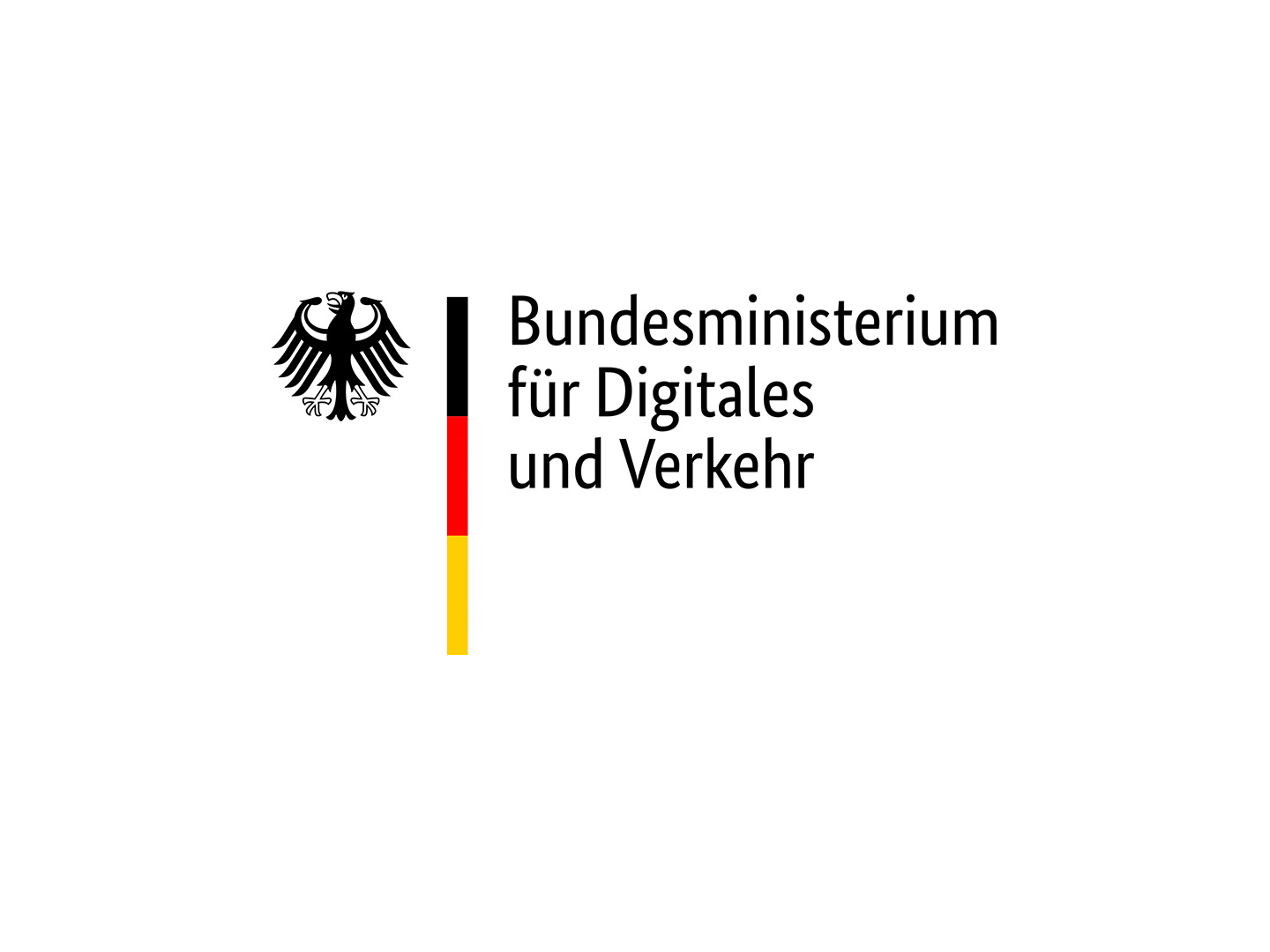Distribution paths of tire and road wear particles
The project investigates, models and presents the spread of tire and road wear particles from the road to air and water. The researchers use mobility, geo and weather data from the German Federal Ministry of Transport and Digital Infrastructure (BMVI) for this. The catchment areas of two rivers are examined as examples: the Wupper in North Rhine-Westphalia and the Panke, a tributary of the Spree, in Berlin. Various methods are used to evaluate the data and calculate dispersion: in addition to probabilistic modeling, a new approach based on neural networks is also used. For example, the data allow conclusions to be drawn about where (freeway vs. city center) and under which conditions (weather) tire and road wear particles occur particularly frequently. The distribution paths of the particles are visualized using GIS-based maps.
Application of the results
The “TyreWearMapping“ project expands the knowledge base on the subject of tire and road wear particles in Germany while mapping the particles throughout the country. In doing so, it contributes to making the environmental policy debates in this area more objective and to highlighting solutions. Knowledge of tire and road wear particle hotspots will make it possible, for example, to implement more targeted regulatory measures such as filter systems on road drains, structural measures or speed limits. The project results will also be implemented in a digital planning and decision-making tool, which will be continuously further developed with the participation of external actors. The tool can help to plan infrastructures inside and outside cities and thus contribute to reducing tire and road wear particles in the environment over the long term.
 Fraunhofer Institute for Environmental, Safety and Energy Technology UMSICHT
Fraunhofer Institute for Environmental, Safety and Energy Technology UMSICHT